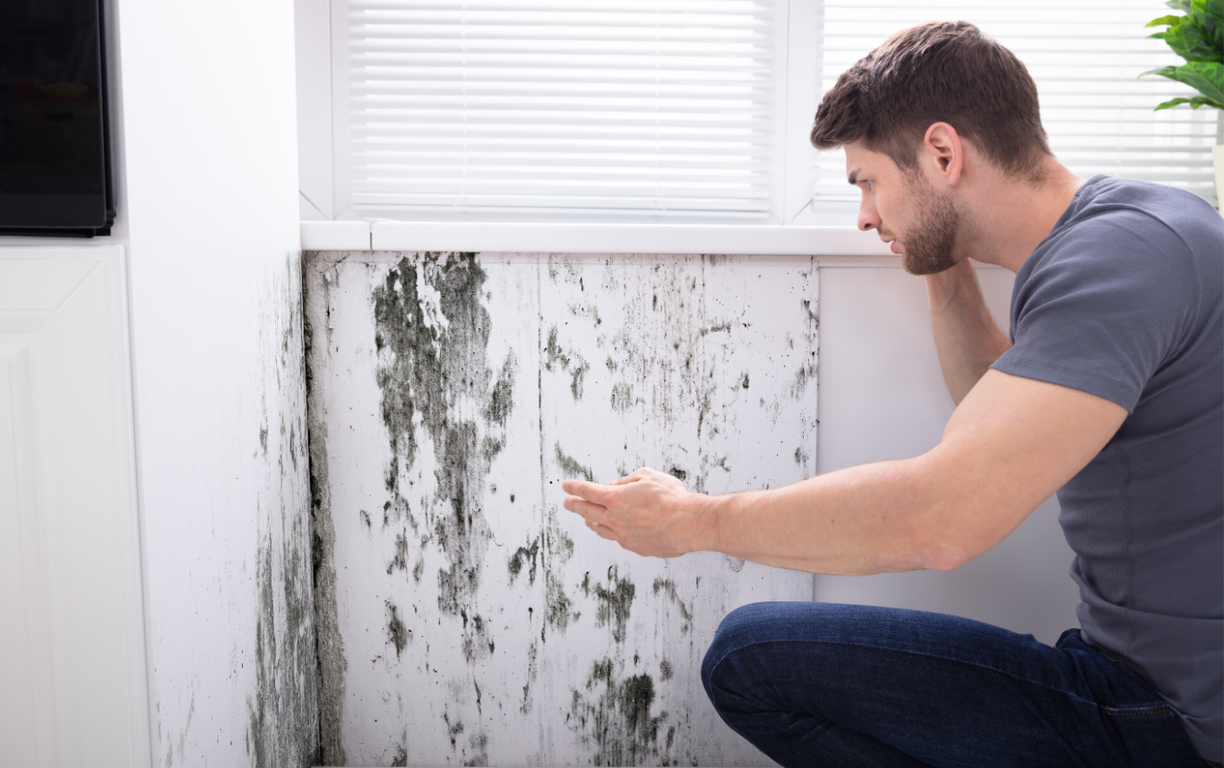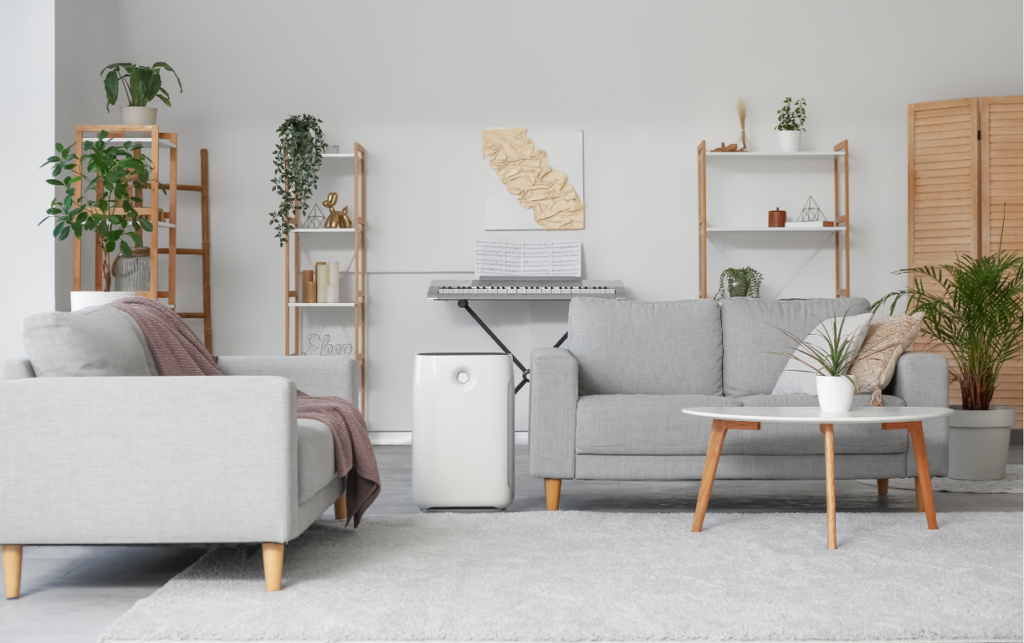Physical Address
304 North Cardinal St.
Dorchester Center, MA 02124
Physical Address
304 North Cardinal St.
Dorchester Center, MA 02124

Mold can be a homeowner's worst nightmare. It thrives in damp environments and can cause serious health issues. As I’ve delved into the world of home maintenance, I often hear questions about the role of humidifiers in mold prevention. Do these devices really help, or could they actually make things worse?
In this article, I’ll explore the relationship between humidity levels and mold growth. I’ll
Mold can be a homeowner’s worst nightmare. It thrives in damp environments and can cause serious health issues. As I’ve delved into the world of home maintenance, I often hear questions about the role of humidifiers in mold prevention. Do these devices really help, or could they actually make things worse?
In this article, I’ll explore the relationship between humidity levels and mold growth. I’ll share insights on how to effectively use humidifiers to maintain a balanced atmosphere in your home. Understanding this connection is crucial for anyone looking to keep their living space healthy and mold-free. Let’s uncover the truth about humidifiers and their impact on mold.

Humidifiers increase moisture levels in the air, helping to maintain a comfortable indoor environment. Understanding how humidifiers function and the various types available aids in their effective use in reducing mold growth.
Humidifiers add moisture to the air through several mechanisms.
These processes raise humidity levels, which can benefit air quality when used correctly.
Selecting the right humidifier involves knowing the available options.
Choosing the appropriate type ensures effective humidity control, which can influence mold growth.
Humidity levels significantly impact mold growth. Maintaining optimal humidity is crucial for controlling mold in living spaces.
Ideal indoor humidity ranges between 30% and 50%. Keeping humidity within this range minimizes mold growth while supporting comfort. I always recommend using a hygrometer to monitor humidity levels consistently. If humidity exceeds 60%, the risk of mold increases significantly, creating a breeding ground for spores and mildew. Regularly ventilating areas like bathrooms and kitchens can help maintain these ideal levels.
Mold thrives in damp environments where humidity levels are high. Mold spores, present in the air, require moisture to germinate and reproduce. When humidity exceeds 70%, it creates conditions for mold to flourish on surfaces like walls, ceilings, and floors. I observe that common household situations, such as leaks, condensation, or poor ventilation, often contribute to these humid conditions. To prevent mold growth, addressing moisture sources promptly is essential.
Humidifiers can influence indoor humidity levels, affecting mold growth. Understanding their benefits and limitations is crucial for effective mold control.
Effective humidifier use can significantly impact indoor air quality and mold management. Following specific practices ensures optimal performance and prevents potential mold growth.
Maintaining a humidity level between 30% and 50% keeps the environment comfortable and prevents mold growth. I monitor humidity with a hygrometer, adjusting the humidifier settings as needed. If humidity levels exceed 60%, I decrease humidifier use to reduce mold risk. Regularly check areas prone to humidity accumulation, like basements and bathrooms, to ensure moisture remains in check.
Regular cleaning and maintenance of humidifiers are vital to prevent bacterial and mold buildup. I clean my humidifier at least once a week by following the manufacturer’s instructions. I use a mix of water and vinegar to disinfect components, ensuring no residue is left behind. Replacing filters according to their recommended schedule helps maintain performance and prevents contamination. Keeping the humidifier in good condition supports its role in managing indoor air quality effectively.
Finding the right balance of humidity in my home is key to preventing mold growth. Humidifiers can be a helpful tool when used correctly but they need to be monitored closely. Keeping humidity levels between 30% and 50% is essential to discourage mold while still enjoying the benefits of added moisture.
Regular maintenance of my humidifier is just as important. I make sure to clean it often and replace filters as needed to avoid any buildup that could lead to mold. By being proactive about humidity control and addressing any underlying moisture issues, I can create a healthier living environment free from mold-related concerns.